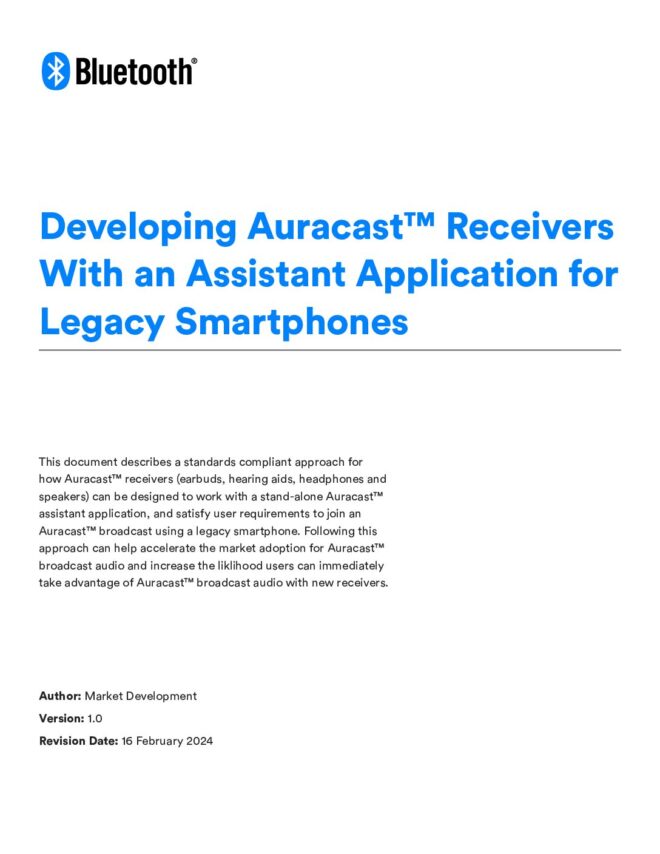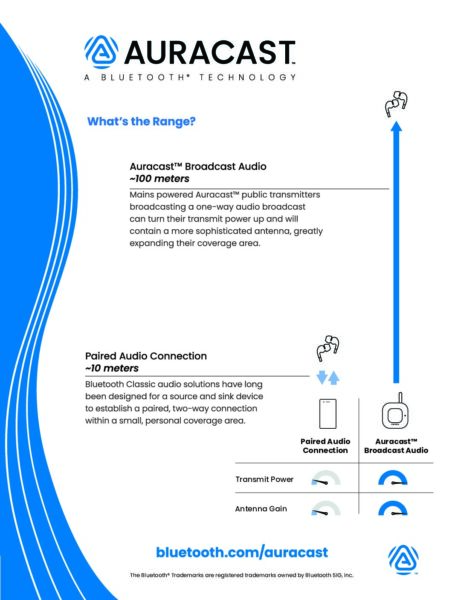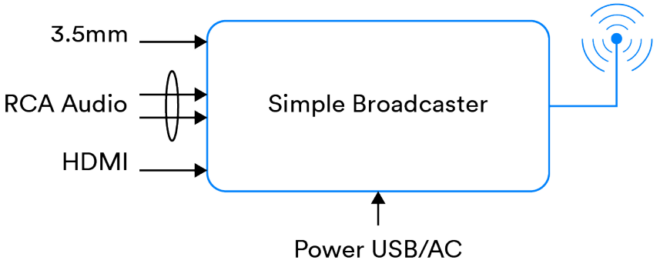Today, a mere five months after we formally adopted Bluetooth® Core 5.0, the Samsung Galaxy S8 became the first smartphone to ship to consumers using the technology. To learn more, we recommend reading Computer Weekly’s David McClelland’s great assessment of Bluetooth® Core 5.0, its benefits, and what’s next, based on an interview with our own Steve Hegenderfer.
So, what is next? Before we talk about where we are going, let’s talk about where we’ve been.
Since its inception, Bluetooth® technology has been in the business of connecting things. Initial pairings were between phones and headsets for voice, with stereo audio following quickly behind. This one-to-one (1:1) connection capability is taken seriously at the SIG. Evolutionary changes, like speed and range updates included in Bluetooth® Core 5.0, or revolutionary changes like those seen in Bluetooth® Core 4.0 and the introduction of a low energy option, directly benefit the 1:1 connection for which Bluetooth is known. Bluetooth is what consumers rely on for connecting their mobile phones to headphones, speakers, cars, and more. Pairing is core to the Bluetooth experience and the goal of Bluetooth® Core 5.0 is to continue to improve these experiences.
More recently, Bluetooth has become a big name in the broadcasting of data from one device to many others. This one-to-many (1:M) connection capability is made even more powerful by Bluetooth® Core 5.0, which delivers 8x the capacity for data transfer when broadcasting. This will make beacon services smarter and more functional. For example, a beacon previously used in a retail environment might have broadcasted a coupon for a nearby product. Now, with Bluetooth® Core 5.0, the beacon can broadcast the coupon, along with a store map for the exact location of the product, a URL to more information on the product, and details on how many items are left in stock. It might not be our legacy, but broadcasting is also at the core of the Bluetooth® experience, and improvements in Bluetooth® Core 5.0 and those slated for the future will continue to enable a myriad of broadcasting applications.
![]()
FEATURED DOWNLOAD
Bluetooth® Core 5.0: Go Faster, Go Further
Download this comprehensive overview to discover how Bluetooth® Core 5.0 significantly increases the range, speed, and broadcast messaging capacity of Bluetooth applications, making use cases in smart home automation, enterprise, and industrial markets a reality.
As for what’s next, we are working on a standardized version of mesh networking, which will allow for many-to-many (M:M) connectivity between devices. This new feature of Bluetooth is likely to make the biggest initial impact in the commercial and industrial space. Smart lighting as a platform will be the catalyst for the Internet of Things we’ve all been promised. Lighting provides a natural grid for connectivity. Add Bluetooth mesh networking into the mix and now retailers will have the power for in-store navigation or customized promotions. Hospitals will have the power to track patients and expensive equipment, and even digitally tag patients with identifying and relevant health information. Factory floors will have the power to connect all machines for better monitoring and maintenance. And businesses will have the power to intelligently control lighting and temperature, and monitor who is where and company property.
The benefits of Bluetooth® mesh networking – including interoperability, scale, reliability and more, all from a globally known and trusted brand – are applicable well beyond the commercial and industrial space. Eventually, it will be common for your house lights to turn on as you (and your mobile phone that alerts the network) approach the front door.
“Consumers expect the latest and greatest devices to include the latest and greatest Bluetooth specification,” said Mark Powell, executive director of the Bluetooth SIG. “The fact that major smartphone vendors are already including Bluetooth® Core 5.0 in their products is both a reflection of developers recognizing the value of the improvements Bluetooth® Core 5.0 offers to pairing and broadcasting, and consumers demanding the new and improved experiences Bluetooth® Core 5.0 enables. Mesh networking will only further this demand, as both developers and consumers find new ways to use the reliability and interoperability of Bluetooth to connect with the world around them.”
Want to learn more?
https://www.bluetooth.com/specifications/bluetooth-core-specification/bluetooth5
Want to build with beacons?
https://www.bluetooth.com/develop-with-bluetooth/developer-resources-tools/beacon















![2312 CES Handout Images FINAL existing pdf 464x600[1]](https://www.bluetooth.com/wp-content/uploads/2024/01/2312_CES_Handout-Images_FINAL-existing-pdf-464x6001-1.jpg)
![2312 CES Handout Images FINAL unlimited pdf 464x600[1]](https://www.bluetooth.com/wp-content/uploads/2024/01/2312_CES_Handout-Images_FINAL-unlimited-pdf-464x6001-1.jpg)


















